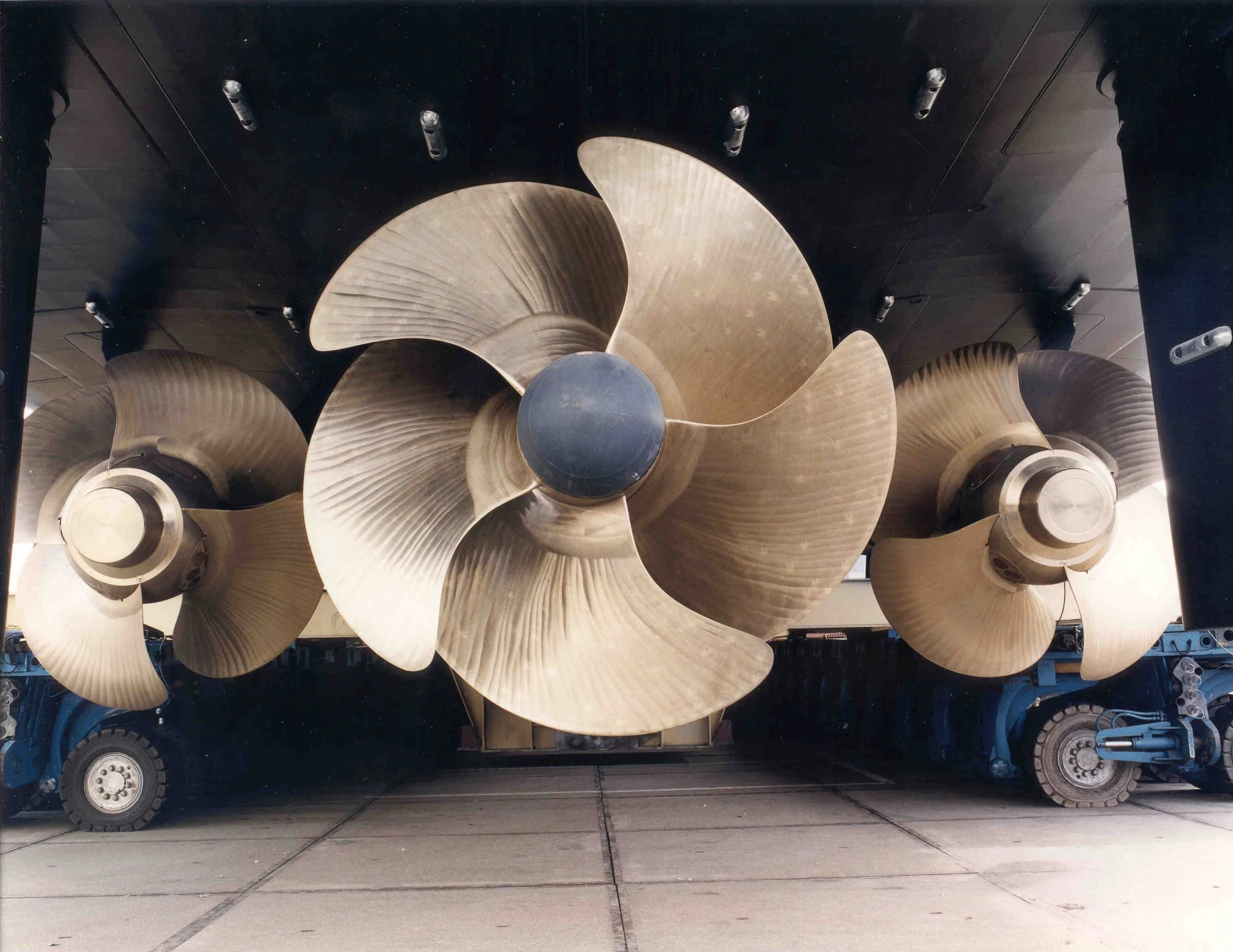NEW BUILD XXXX BATTERY SYSTEM ADVANTAGES
The current spec for XXXX includes a Lithium Ion Battery Bank, the following document will highlight the advantages of the system and the impact on the vessel by removing it (the ESS).
Generator Size
As yachts are subject to very large hotel load differences this results in a truly difficult load profile for the ship. Small instantaneous high transient loads are very common and result in the overloading of a generator set or the “load shedding” of non-essential circuits. To combat this the standard practice is to increase the generator size or run more than one generator increasing the total load capacity.
The problem with increasing the generator size comes in with the regular loading of the vessel being much lower than the peak loading and the generator running in a low load situation. This low load situation is inefficient and results in lowering the generators expected life span while at the same time increasing the emissions of the generator.
For the XXXX Project we have selected Cat C9.3 Generators. These generators are rated at between 250 and 300 kW and is a 9 litre engine. We have fitted 2 of these to the vessel with a 250kWh energy storage system.
Impacts of Removing an ESS from the build
Removal of the Energy Storage System “battery” will result in the C9.3 engines not providing sufficient peak loading, this will then result in the system running 2 generators most of the time that the guests are onboard. This results in a sub optimal situation where we have no redundancy, and the decision to add another generator or go to a larger generator (the next engine up is a C18 which is 18L and almost double the physical size) will have to be made.
Increasing the generator size will have an impact in the engine room where more space will be required, possibly pushing the engine room bulkhead forwards or aft one frame. Adding another generator has roughly the same consequences. In addition, if we decide to add another generator, the exhaust size will grow from 2 pipes to 3 and may impact the main saloon and sky lounge.
Features of an Energy Storage System envisioned for XXXX
1) Load Leveling
In load leveling the generator is run at its most efficient and maintenance friendly point. (In most cases above 80% and below 95%) The Energy Storage System (ESS) provides the extra load when the loads are light and gives power back to the switchboard during peaks. When the ESS is fully charged the generator will shut down and allow the ESS to discharge.
2) Peak Shaving
In Peak Shaving the ESS stands by waiting for electrical peaks that are too big for the generator to handle (like a sudden bow thruster operation) the ESS provides the extra load that the generator could not.
3) UPS
The ESS system is always 100% ready to take over the full vessel load seamlessly. In this mode even if the generator hard stops, or shore power goes out. The ESS is standing by and onboard the vessel nothing happens. The lights do not flicker, the power does not go out. The engineers can fix the source of the problem but the guests are not effected
4) Battery Only Operation
The Vessel can run silently for a certain amount of time during the discharge of the ESS, for this vessel we foresee about a 1-hour discharge time.
5) Shore Power Assistance
As vessels are getting bigger and bigger but the ports are not, most marinas have undersized shore power supply’s. With an ESS we can set the maximum draw from the shore side and the ESS will make up the extra power. This results in not repeatedly blowing the shore power breaker, and blacking out. In addition, some ports have very unreliable shore power. As the ESS is standing by, if the shore power fails onboard the vessel nothing happens, the lights and A/C stay working.
Cost
Additional generator capacity will cost roughly the same or more than an ESS system.
ESS system costs are currently running at $800* per kWh giving us $200 K for the ESS. A third generator will cost 90K for the generator and 60K for the after treatment 30K for the exhaust system and 20K for fuel/water/mounting of the unit
Summary
Having an Energy Storage System onboard will bring certain benefits, some of these benefits such as fuel savings and reduced mechanical will have an easily measured return on investment. Some such as the UPS function will save money by protecting the shipboard equipment but will also increase the guest comfort and safety of the vessel. The ESS will lower the amount of space needed for machinery and at the same time increase the robustness and reliability of the yachts electrical system.
*Prices per kWh are falling quickly & may be found for less even at the time of publishing.
